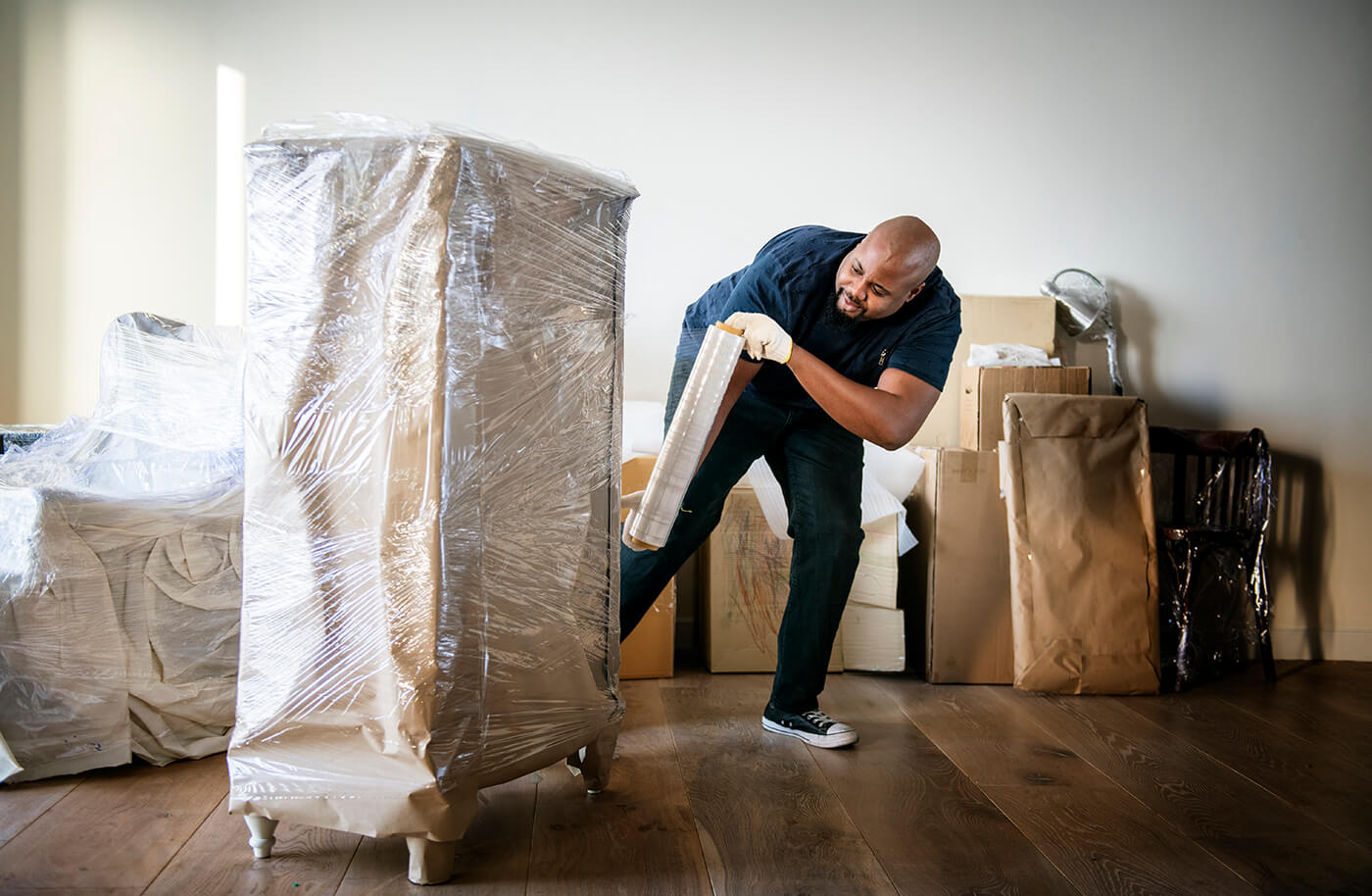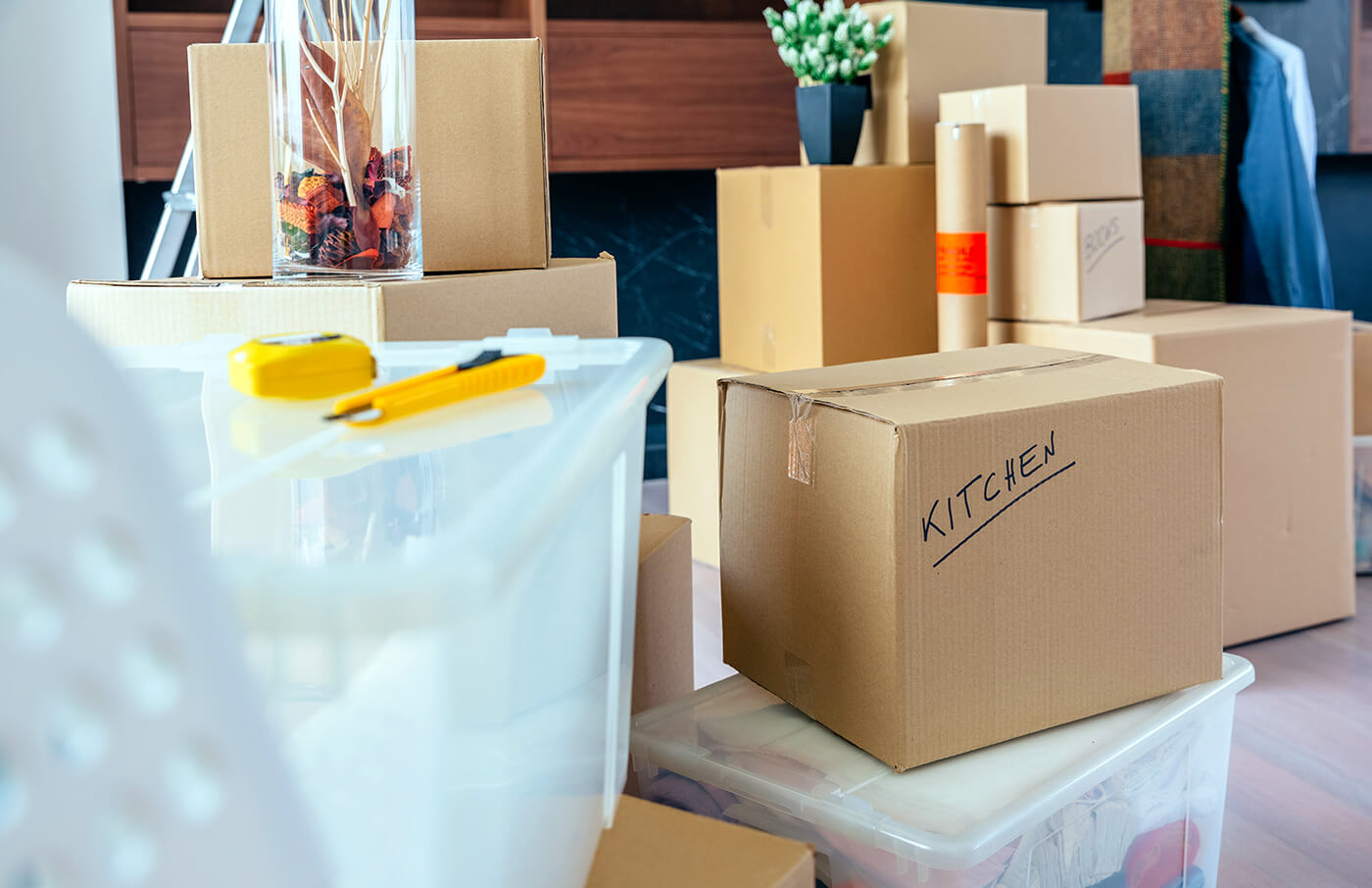

With a fresh, new house to make your home, stay simple. Take it easy. It looks exciting, but yes, it could be stressful, too. You are looking forward to what your new place would look like. On the contrary, you may also be deep in thought of a thousand things you are faced with – all the tasks you have to work on before and after the moving-out. It will be tough the first time but as time goes by and you do this more frequently, you take on a lot of learnings. Practice makes perfect. It is best to do it phase by phase or go from room to room. It all begins with the essentials first. Do you know how to make the packing and moving fast? Will you be interested in simple, cost-saving ways to make moving less unnerving as it is? You spend money, effort, and time as you relocate and move out of existing homes. Some of these moving tips could change your view on moving for the better. Let’s go through each one of them below:
Do a rough draft of your moving checklist with timelines. Timelines vary. it is mostly based on how much time is left for you to prepare before the move. Some will have 2 or 3 months, while others might just have 3 weeks to a month. Creating this checklist keeps things efficient for you. Listing down everything will keep you sane at this time of planning and preparation. What comes up next is to plan for a meticulous and realistic budget. Be organized as you imagine on how the moving-out will proceed as you handle the activities as they progress. Set a folder/binder for ‘Moving Checklist’ with a printout, or better yet, save it in your smartphone so you can have access to it quickly and easily.
It could be more sensible to hire professional movers in case you are relocating to another state. More so, if there are no family or friends who might be able to help you. Hiring a reputable professional mover could be well-worth at the end (a good deal plus assured protection for your belongings). If you engage the services of professional movers, it can be a good experience as long as you hire the right company. Ask questions before you enter into an agreement and sign the contract. Due diligence will take off the doubts and will give you peace of mind as you approach the moving-out day.
Keep a good relationship with your movers as you may need to get their services in the future. There’s a clear advantage: they know the kind of stuff you have and its proper handling. Building a relationship of trust will prevent many issues later on, too. You may even request discounts on your next contract. Be sure to compile all the documents required for your move. This should include the moving company’s contact person. You may even ask for the names of the team who made moving an easy one for you. Follow the mover’s social media accounts so you can be apprised of updates that you may need later on.

This is critical - what will make things easier is for you to get rid of anything that you don’t need. Before you try to begin on the packing phase – check and figure out what you have to keep, donate, sell, or throw away. Measure your new home so you can get rid of any furniture or appliance that you know wouldn’t fit in or will be of no use anyway.
When you want to save, you may want to get free boxes by asking from your local grocery store. But these moving boxes are usually not expensive, so it’ll be a good idea to go for the quality ones which are sturdier and more durable. Those reused or grocery boxes may give in due to wear and tear, or perhaps exposure to moisture or bugs. This is the last thing you wouldn’t want: boxes falling apart while you are moving out.

Larger boxes are for heavy items while lighter stuff should be stored in small boxes and not the other way around. The heavier items should be packed on the bottom of the box while the lighter items are on the top to prevent damage. In this way, the movers will find it a breeze to place and organize the boxes in the moving truck.
Be sure to fill up any gaps in your boxes with any of the following: clothing, bubble wrap, or packing peanuts so items wouldn’t move or shift their positions when you move them. Use packaging tape to close the top and bottom box closures, especially with the edges where the stress is concentrated.
This is a common mistake as most people have the habit of lumping together all their things in the minimal number of boxes they could afford. We recommend you use as many boxes to fill up all your belongings so these will be easy to lift. The biggest boxes you need should weigh up to 50 pounds at the maximum. We cannot overemphasize the risks of hurting yourselves in the process if the boxes fall apart, thus, damaging your stuff which you do not want to happen at all, of course.
Pack all the fragile stuff like figurines, keepsakes, plates, china, bakeware, cutlery, and the like that you have by adding more padding for safety. Do not put these items in the boxes haphazardly without the support and added cushion. Take caution and extra time with such stuff. Crumpled newspaper, bubble wrap, or even dish towels can help prevent these items from breaking. Wrap these breakables well and ensure they’re protected from anything that can come your way in transit. Maximize your time and effort by storing these delicate items with the proper packing materials to avoid accidents later.
Have you thought of utilizing household items for storage? You can use your belongings, such as suitcases, laundry bins, and big storage containers for packing some of your household stuff and clothes. Seal your clothes using vacuum sealing so they won’t take up too much space in the box. One space-saving trick is to roll clothes instead of folding them. If you’re not too careful, too much clothing that is not packed properly can occupy too much space in the moving truck.
Use printed packing labels or masking tape of different colors assigning each room a color. As you go along, label the contents of each box, including the room in which they belong. As you get to your new house, use colored tape as entrance marks to the rooms. It will save movers a great deal of time. They can just match color to color in the box vs. the room as opposed to reading the labels one by one or making wild guesses.
As with the breakables, you also need extra time to safeguard the large pieces of furniture before you move. It’s a must to tag drawers, cables, doors, or any fixture that you are removing to remind you of what goes where. Place the bolts and screws in one plastic bag then tape this at the back of the furniture. For electronics, snap a picture of the back configuration so you remember which cord is for what and where it goes. The same should be done for any furniture that you remove apart so you have a guide when putting it back together later on. Do not forget to label the doors, screws, bolts, and more that were taken apart.
A well-thought-out strategy can help keep things organized in between homes. Make sure you have designated someone who can direct the movers on the moving-out day. Plan and discuss with the point person the items which need to be moved first and those that can be loaded into your new place last. Having a game plan and a key person who takes charge can certainly save you time on moving day, thus, saving you cash as well especially when you’ve hired professional movers.
This might seem a bit absurd, but moving fast is taking your time as well. What happens when you start rushing and throw all things into the truck at random? It could be disastrous if things eventually get broken or if some essentials are forgotten. It will add up to your stress so our suggestion is to be as diligent as you can be, take time, and ensure you are doing it right from start to finish. Do not rush. Lastly, don’t forget to pack your essentials in a separate bag. Prepare for it ahead as you do not want to go through each of the boxes for your change of clothes! We hope these tried-and-tested tips will help guide your move in the proper direction and makes it all easy for you.